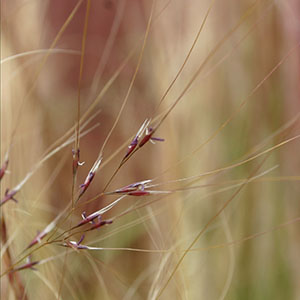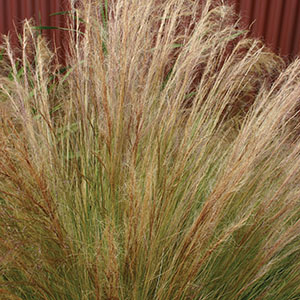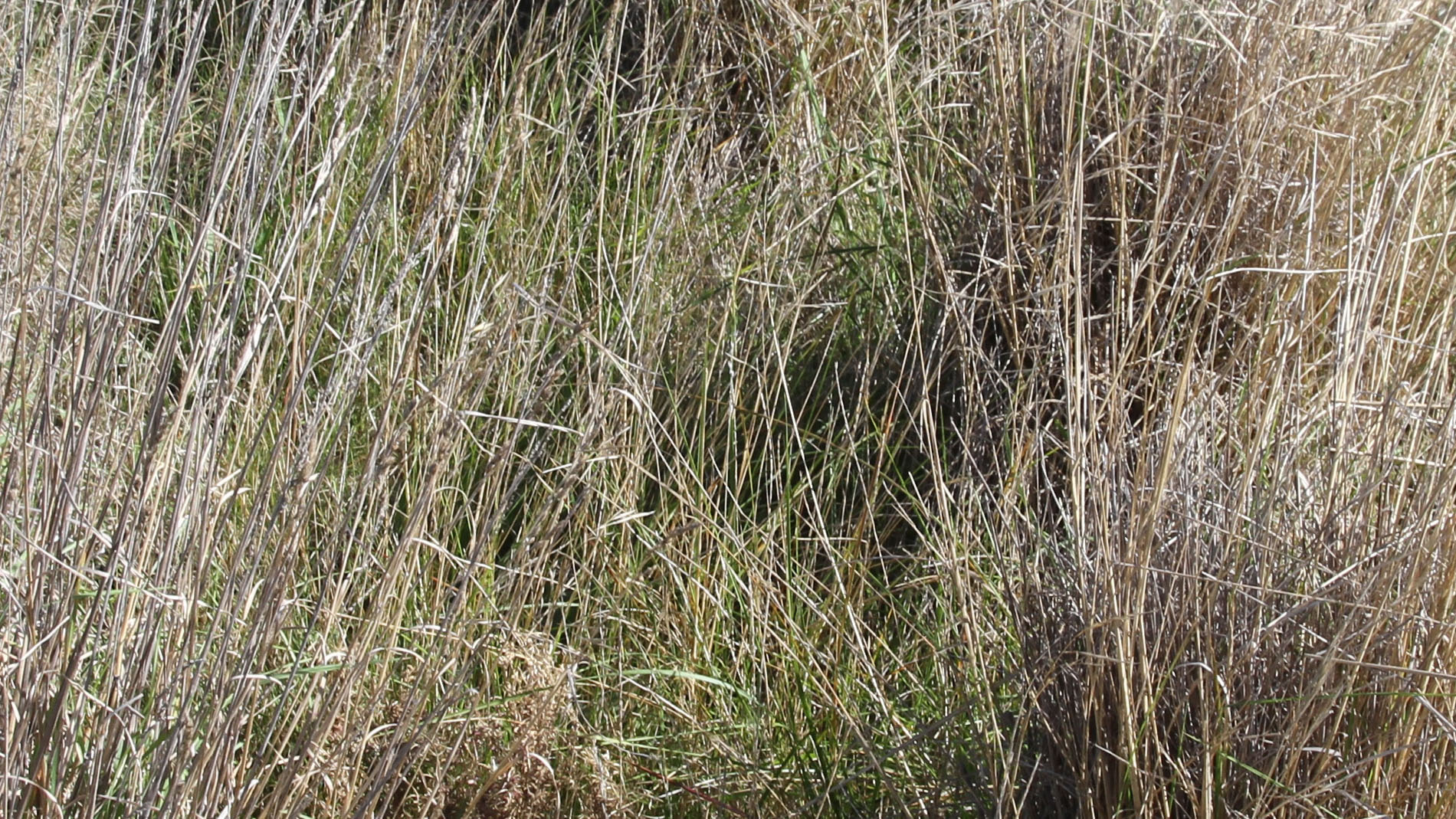| Management programme |
| Eradication |
| Objectives |
| Reduce the level of infestation of fine stemmed needlegrass / Mexican feather grass within the Waikato region to zero density to prevent adverse effects and impacts. |
| Impacts |
| Economic, biodiversity, animal welfare |
Fine stemmed needlegrass / Mexican feather grass is native to parts of Argentina, Mexico and the southern United states, and has been incorrectly sold in New Zealand nurseries as a native grass. It invades pastures, grasslands, disturbed sites and private gardens and can become dominant on grazed sites.
What does it look like?
Fine stemmed needlegrass / Mexican feather grass is a densely tufted grass that looks very similar to nassella tussock and is practically indistinguishable except for the flowers and flowering heads.
Flowers
- Flowers with drooping feathery flower heads occur between October and December.
- Flower clusters only partially protrude from the plant.
Fruit/seeds
- Abundant seeds appear in spring and are purplish-pink.
- Seeds are readily distributed by stock and clothing.
- Can last in the soil for four years.
Leaves/stem
- Very fine stems that are rough when rubbed towards the base of the plant.
- Leaves do not break when pulled.
- Stems swollen just above ground level – like a shallot.

|

|
Why is it a pest?
Fine stemmed needlegrass forms dense colonies, producing masses of highly viable, well dispersed seeds that last a long time in the soil. Stock cannot digest this grass, and it forms balls in their stomachs, causing ill-thrift. The plant tolerates a wide range of climates and conditions and is a threat to tall and short tussock-lands in New Zealand, where it out competes native species.
More information
Advice
-
For additional information and advice on fine stemmed needlegrass, call our pest plant staff on freephone 0800 800 401.
Publications
- The following publications are available for download or from Waikato Regional Council. Contact us to request a copy (freephone 0800 800 401).




